Top 10 Bizarre Medical Anomalies
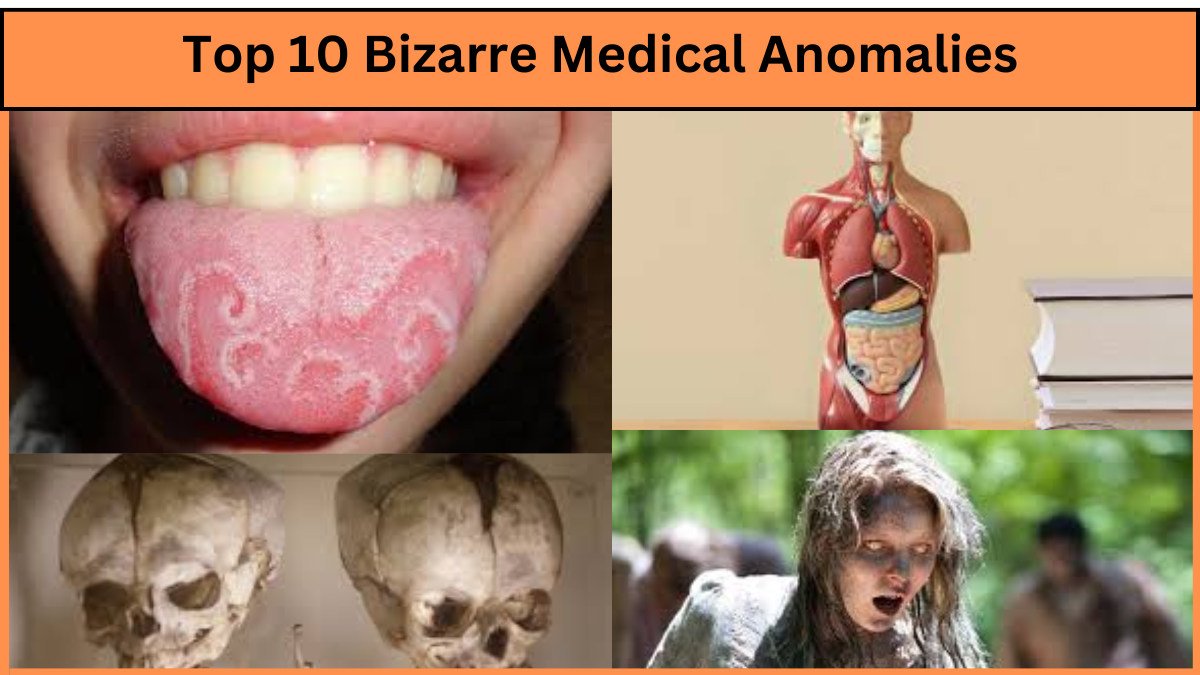
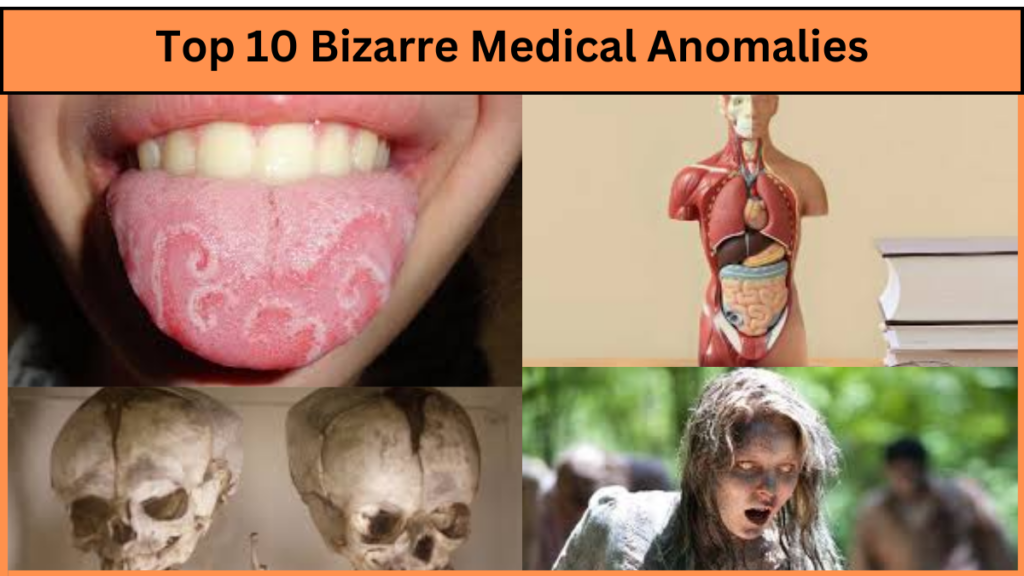
Bizarre medical anomalies are rare and unusual conditions that can astonish even the most seasoned medical professionals. These anomalies often defy normal understanding and provide unique insights into the complexity of human biology. From having extra body parts to facing extreme skin conditions, these medical curiosities are both fascinating and often alarming. Here’s a look at ten of the most bizarre medical anomalies that have puzzled and intrigued scientists and doctors alike.
Diphallia
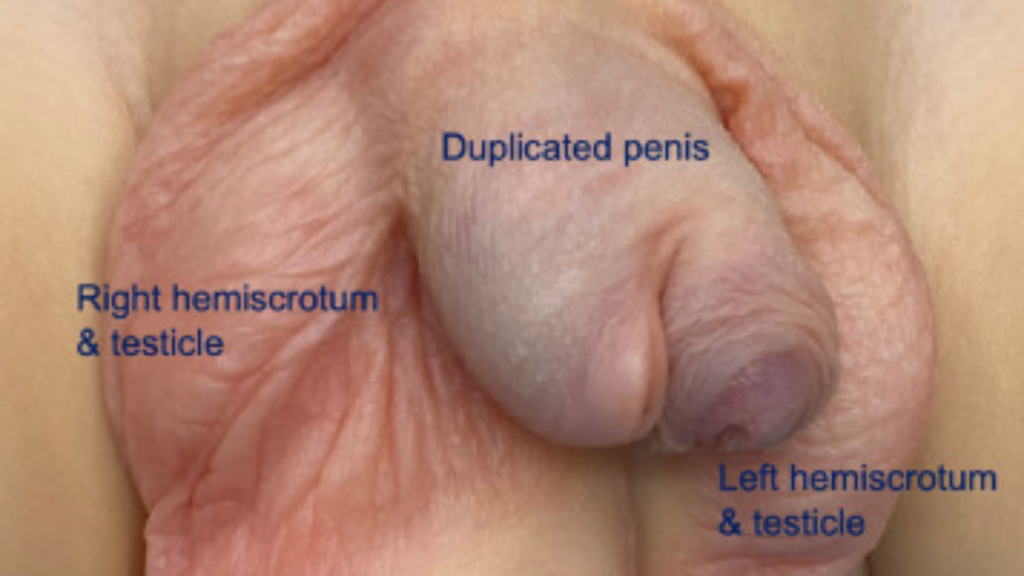
Diphallia, also known as penile duplication, is an incredibly rare condition where a male is born with two penises. Only about one in 5.5 million men have this condition. In most cases, the two penises are side by side and the same size, but occasionally, one is smaller and positioned above the larger one. Men with diphallia can urinate from either or both penises. They are also at a higher risk for spina bifida compared to men with a single penis.
Lewandowsky-Lutz Dysplasia
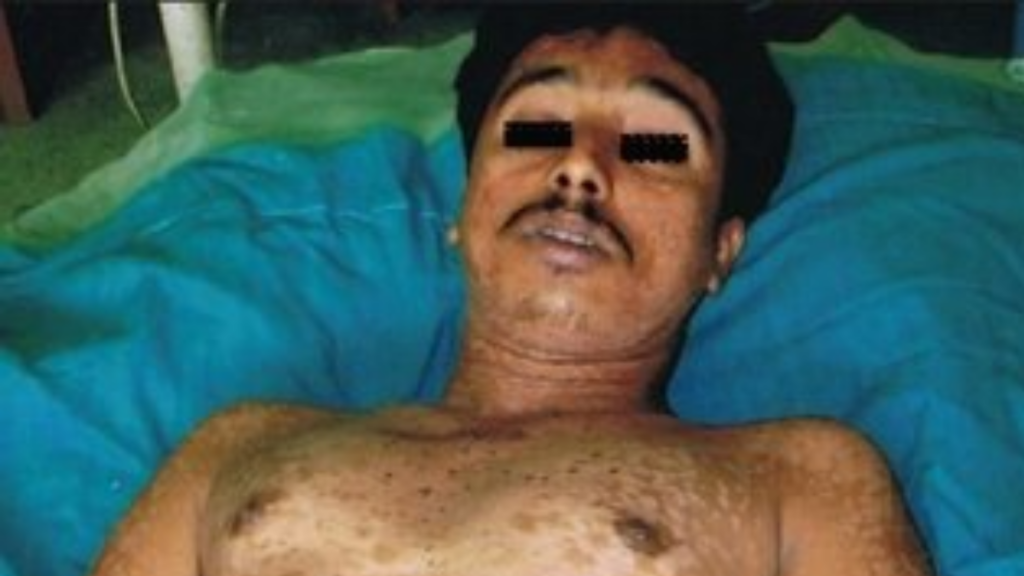
Lewandowsky-Lutz dysplasia, or epidermodysplasia verruciformis, is a rare genetic disorder characterized by the development of warts on the skin, primarily affecting the hands and feet. It usually begins in early childhood and requires frequent surgeries to remove the warts, which tend to recur. The condition is challenging to manage, with surgeries often needed at least twice a year.
Fibrodysplasia Ossificans Progressiva (FOP)
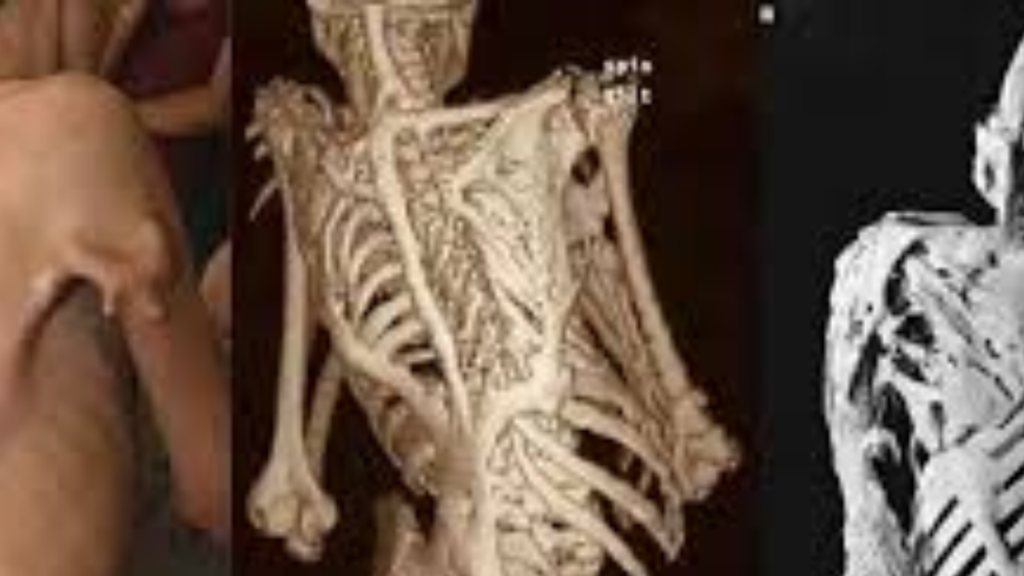
Fibrodysplasia ossificans progressiva is a severe condition where the body’s soft tissues gradually turn into bone. This progressive ossification can cause the joints to fuse, severely limiting movement. Attempts to surgically remove the excess bone are often unsuccessful as the body recreates the bone. Misdiagnosis as cancer is common, leading to unnecessary biopsies that can exacerbate the condition.
Elephantiasis
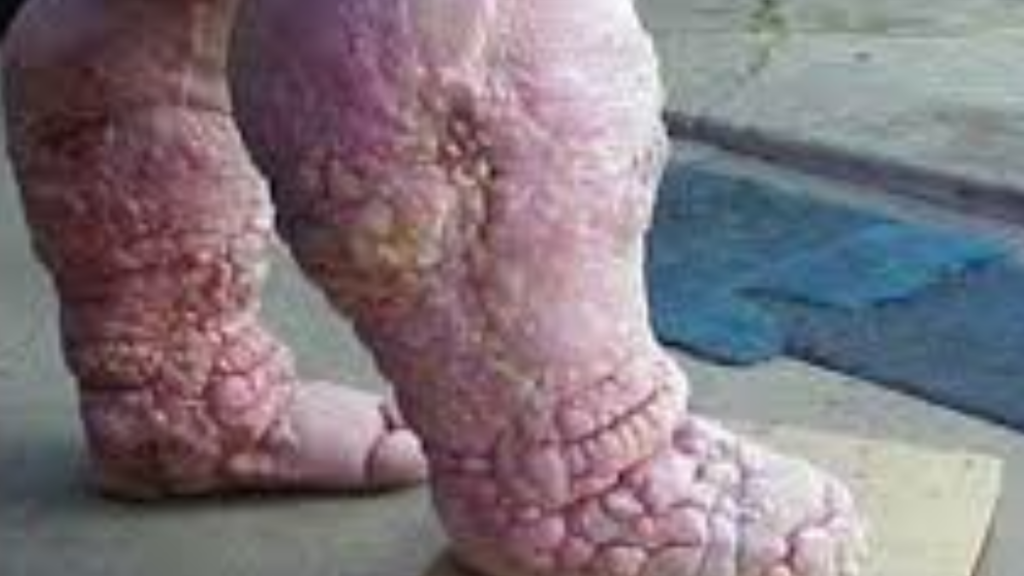
Elephantiasis is a disease caused by parasitic worms transmitted through mosquito bites, leading to the thickening of the skin. It is prevalent in tropical regions, especially Africa. The condition can cause severe disability and disfigurement. Efforts to eradicate the disease are ongoing, with hopes to significantly reduce its incidence by 2020.
Cutaneous Porphyria
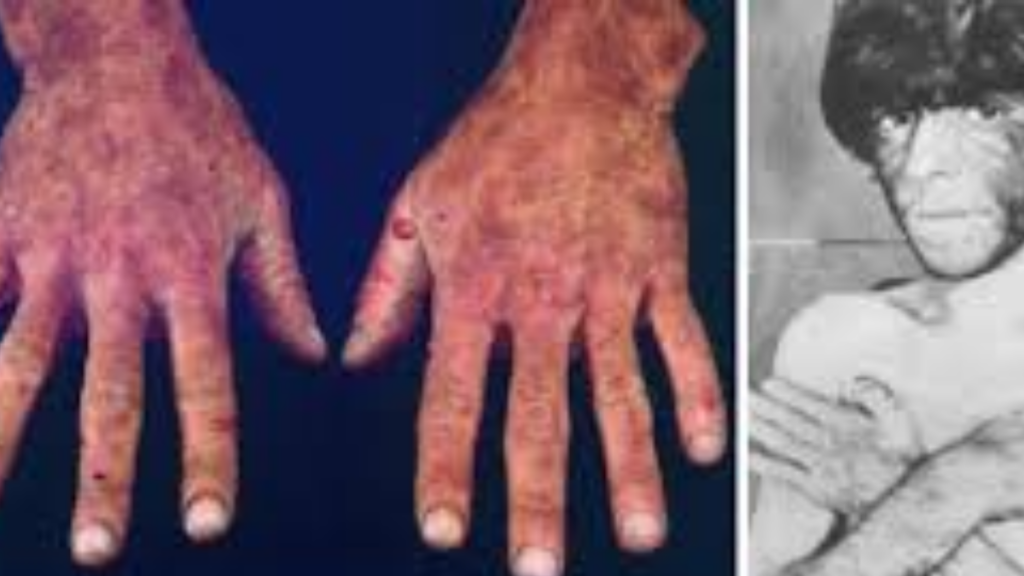
z
Cutaneous porphyria is a disorder that causes the skin to develop blisters, excessive hair, and a rotting appearance. Exposure to sunlight can turn urine a range of colors from purple to black. Historically, this condition may have contributed to vampire legends due to the severe symptoms and social isolation of those affected.
Hutchinson-Gilford Progeria Syndrome
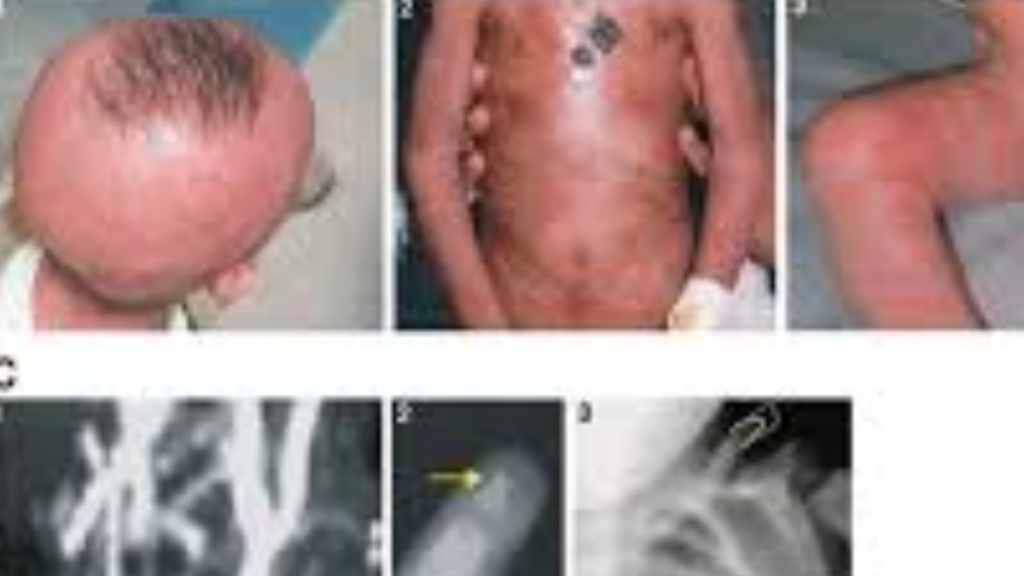
Hutchinson-Gilford progeria syndrome causes rapid aging in children, making them look much older than they are. The genetic mutation responsible for this condition does not pass from parents to children. Most children with progeria do not survive past their teenage years, typically dying from age-related diseases such as heart attacks or strokes.
Möbius Syndrome
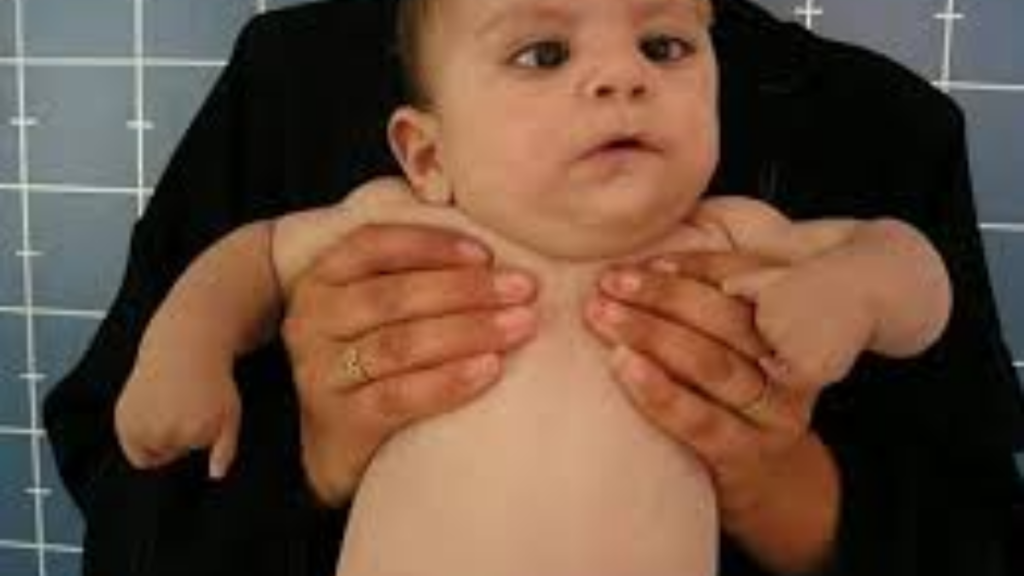
Möbius syndrome is a rare disorder characterized by paralysis of the facial muscles, which prevents facial expressions and eye movements. Individuals with this condition may appear uninterested or rude, despite having normal mental development. The exact cause of Möbius syndrome is not well understood, and treatments focus on managing symptoms.
Proteus Syndrome
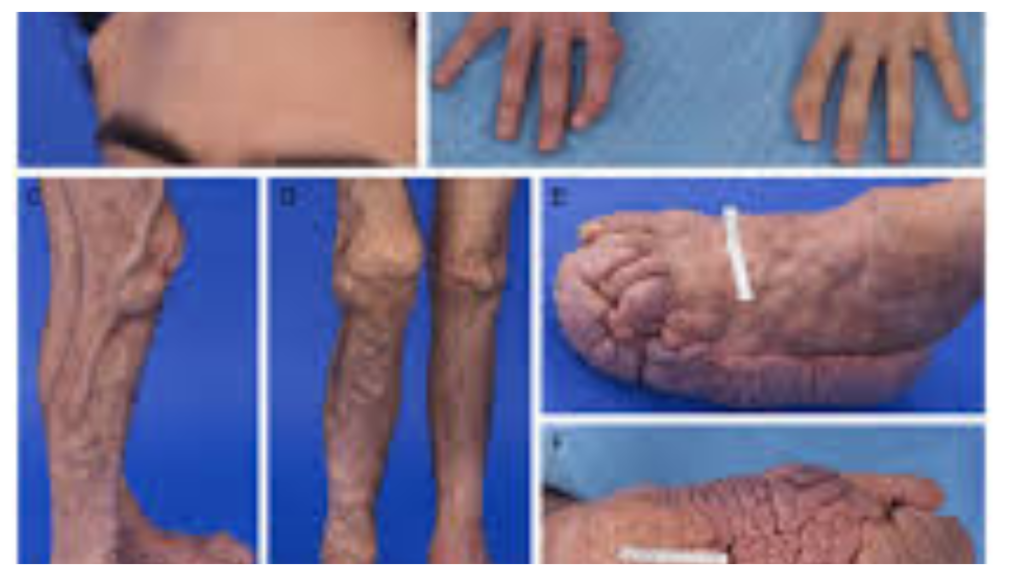
Proteus syndrome causes excessive growth of bones and skin, along with tumors. The most famous case is Joseph Merrick, known as the Elephant Man. The syndrome is so rare that only about 200 cases have been confirmed since its discovery in 1979. While it can cause significant physical changes, cognitive function remains normal.
Fetus in Fetu

Fetus in fetu is an extremely rare condition where a fetus is found inside the body of its twin. This condition occurs when the fetus becomes attached to its sibling’s blood supply, often resulting in severe malformation. The most notable recent case involved Sanju Bhagat from India, who had a malformed twin inside him. The twin did not survive after delivery.
Diprospu
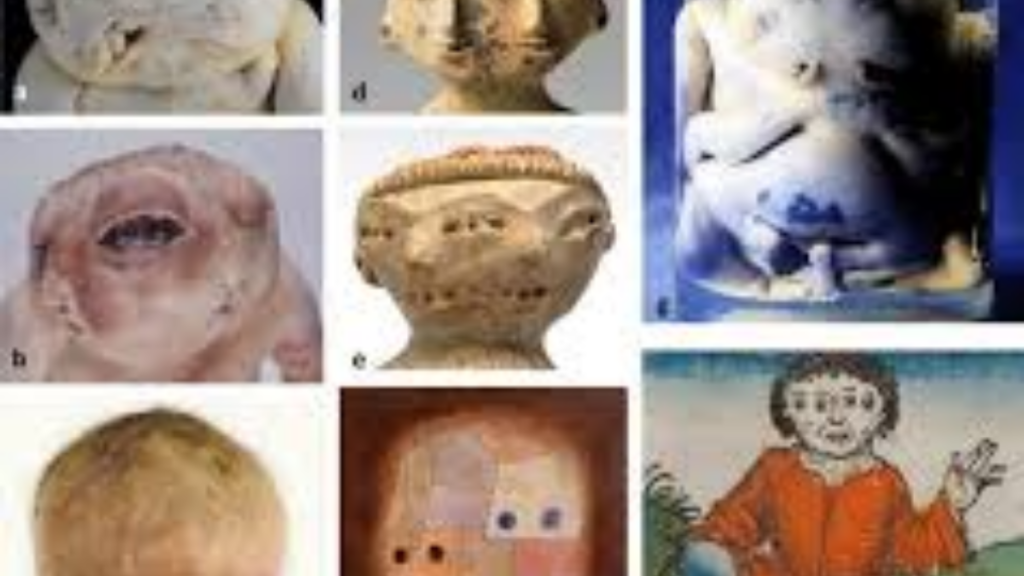
Diprospus, or craniofacial duplication, is a condition where a person has a duplicated face on their head. This rare anomaly is caused by an excess of the “sonic hedgehog homolog” protein, which affects facial development. Children with diprosopus are usually stillborn, but in rare cases, like Lali Singh who survived for two months, the condition can persist for a short time.
These bizarre medical anomalies highlight the extraordinary and often unsettling diversity of human conditions. They continue to challenge our understanding of medicine and human biology, offering a glimpse into the complex nature of the human body.


